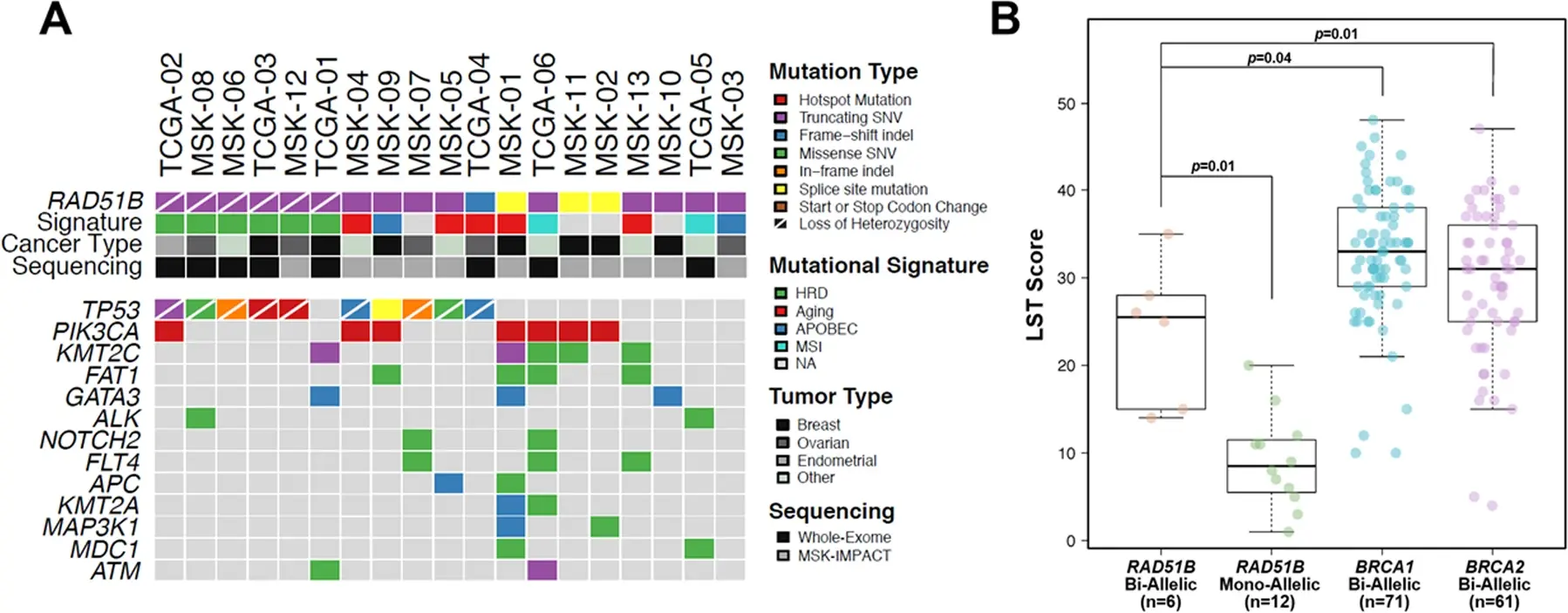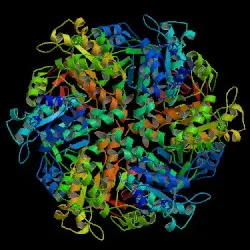Ovarian cancer is a leading cause of death among gynecological cancers, often diagnosed at advanced stages due to subtle early symptoms. While environmental factors play a role, genetics are increasingly recognized as a major contributor to an individual’s risk. Among the genes implicated in hereditary ovarian cancer, RAD51D has emerged as a critical factor due to its role in DNA repair.
Key Genes Implicated in Ovarian Cancer
In ovarian cancer, mutations in genes responsible for maintaining genomic integrity are particularly important. The most well-known are the BRCA1 and BRCA2 genes, which, when mutated, significantly increase the risk of ovarian and breast cancers. These genes produce proteins essential for repairing DNA double-strand breaks through homologous recombination repair, a precise DNA repair mechanism.
Beyond BRCA genes, research has identified other critical DNA repair genes linked to ovarian cancer risk, including RAD51D, RAD51C, BRIP1, and PALB2. Mutations in these genes similarly impair DNA repair, allowing genetic errors to accumulate and increasing cancer risk.
How Do Mutations Lead to Ovarian Cancer?
When DNA repair pathways are compromised due to mutations, cells accumulate genetic damage. Over time, these damaged cells can evade normal growth controls and apoptosis, leading to the development of tumors. In ovarian tissue, this process may occur silently for years, which is why ovarian cancer is often diagnosed at advanced stages.
Germline mutations mean that an individual inherits a defective copy of a gene from a parent, present in every cell of the body. This inherited predisposition dramatically increases the lifetime risk of ovarian cancer, making genetic screening vital for families with a history of the disease.
The Role of Somatic Mutations and Environmental Factors
In addition to inherited mutations, somatic mutations those acquired in ovarian cells during life also contribute to cancer development. Environmental factors such as exposure to carcinogens, hormonal influences, and lifestyle choices can induce such mutations or affect how DNA damage is repaired.
Understanding the interplay between germline and somatic mutations, along with environmental exposures, helps researchers develop better risk assessment tools, early detection methods, and personalized treatment strategies.
What is RAD51D and Why Is It Important?
RAD51D belongs to the RAD51 family of genes, which are essential for the repair of DNA double-strand breaks through a process called homologous recombination. This repair mechanism ensures the integrity of genetic material during cell division. When RAD51D is mutated, this repair pathway is compromised, leading to increased chances of mutations accumulating and cancer development
Germline Mutations: Inherited Risk Passed Through Families
Germline mutations are inherited alterations in genes present in every cell of the body. Unlike somatic mutations, which happen during a person’s lifetime, germline mutations in RAD51D mean that an individual is born with a higher baseline risk for ovarian cancer. Family history often guides genetic testing and early intervention strategies.
 Genomic landscape of RAD51B-associated cancers.
Genomic landscape of RAD51B-associated cancers.
Clinical Implications: Screening and Personalized Medicine
Identifying RAD51D mutations has practical benefits beyond risk assessment. Patients with these mutations may respond differently to certain treatments, such as PARP inhibitors, which exploit DNA repair weaknesses in cancer cells. Genetic counseling and screening can help families make informed decisions about surveillance, preventive surgery, or tailored therapies.
Research Advances and Future Directions
Ongoing research aims to better understand how RAD51D mutations interact with other genetic and environmental factors in ovarian cancer development. New studies are exploring the full spectrum of RAD51D variants and their clinical outcomes, which could lead to improved risk models and novel treatment options.
Germline Mutational Landscape and Novel Targetable RAD51D Variant in Chinese Patients With Ovarian Cancer
Conclusion: The Path Forward
Recognizing RAD51D germline mutations as a key player in ovarian cancer susceptibility marks a significant step toward personalized cancer prevention and care. Genetic testing empowers individuals and clinicians to take proactive measures, ultimately improving survival and quality of life.

